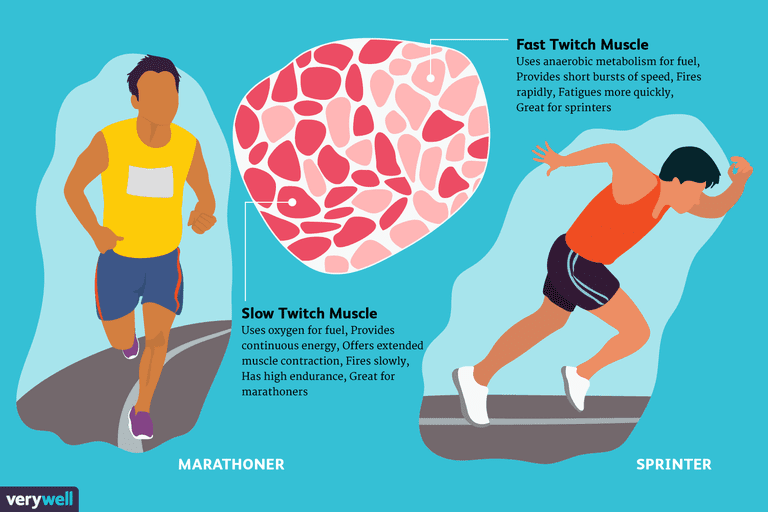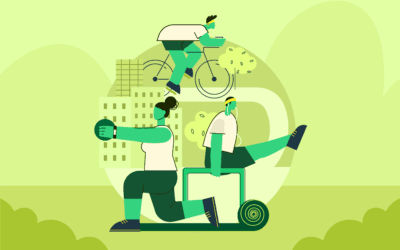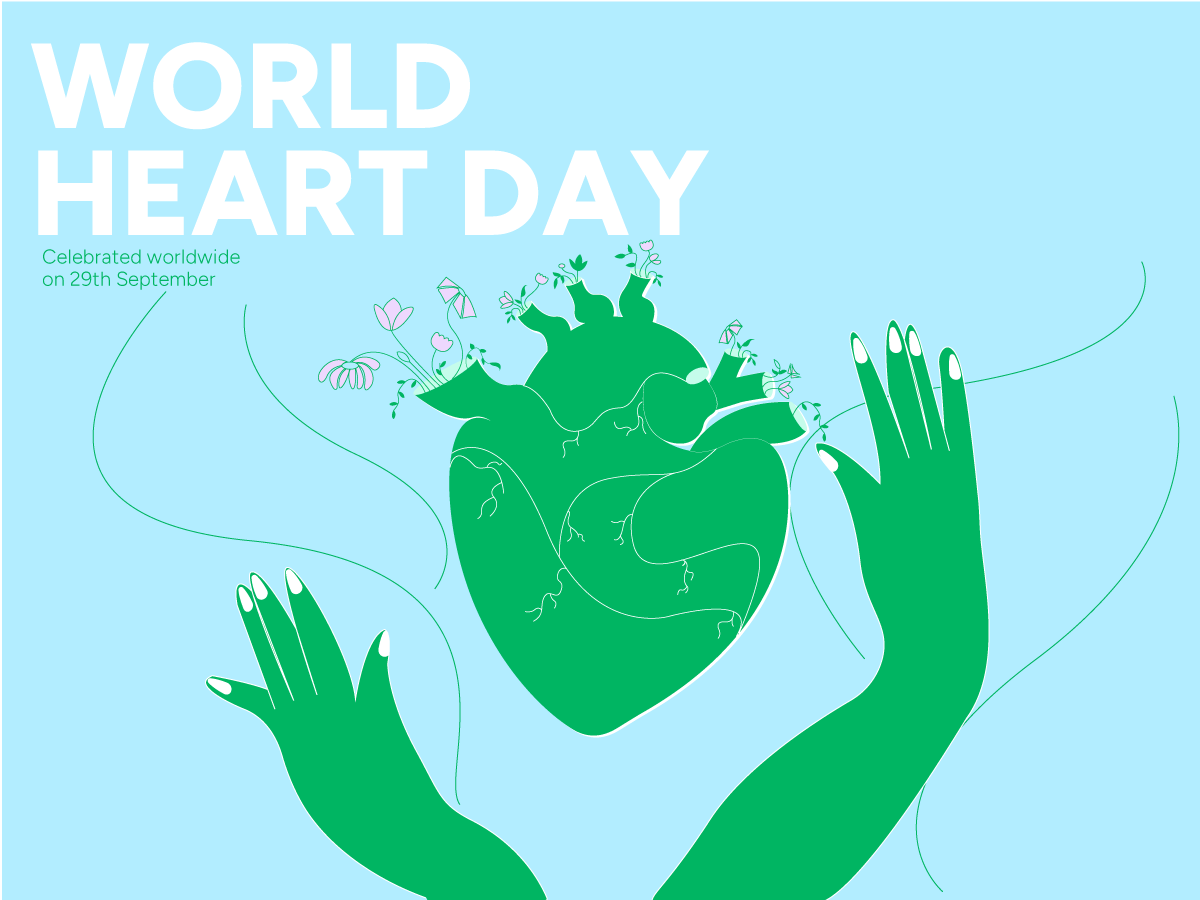Have you ever noticed the difference in appearance between a sprinter and a marathoner? In spite of both of them being runners, they look different. One looks muscular and the other looks lanky. Why do they look different? To understand that we will have to understand muscle fibres and how they are trained.
To keep it simple, muscle contains two types of fibres, fast twitch and slow twitch.
A normal person has an equal amount of both fast-twitch and slow-twitch fibres.
A sprinter trains his fast-twitch fibres that react faster and generate explosive force. These go out of power quickly. Therefore, it is only logical for a marathoner to train his slow-twitch muscle fibres more because they are not as reactive and fast but they last for hours together.
[pullquote]So to answer the question again, fast-twitch muscles when trained become big and heavy and hence the sprinter looks muscular. On the other hand, slow -twitch muscle fibres even when trained remain slim and light which is why a marathoner appears to be lanky.[/pullquote]
Slow-twitch muscle fibres and fast-twitch muscle fibres: How do they work?
Slow-twitch
These muscle fibres contain mitochondria that use oxygen as fuel. These fibres are high in endurance and can generate moderate force over a longer period of time.
When a muscle is contracted to generate movement, these slow-twitch fibres get activated first. Fast-twitch muscle fibres are recruited only when the power needed is more than what slow-twitch muscles can generate.
If you dread high-intensity workout and prefer running over a sustained period of time and longer distances, you are slow-twitch dominant.
Fast-twitch
Fast twitch muscle fibres react faster and provide the high-intensity force that slow-twitch fibres can’t. These muscle fibres use stored muscle glycogen as a fuel source.
When it runs out, the body takes time to build it back. This is why they reach maximum capacity faster. The explosive force needed for weightlifting, sprinting and high-intensity workouts are all attributes to an athlete being fast-twitch dominant.
Moreover, genetics also play a part. Some people have a higher percentage of one of either one of these muscle fibres. This dictates what comes naturally to them.
Sprinter = higher percentage of fast-twitch muscle fibres = more speed (explosiveness)
Marathoner = high percentage of slow-twitch muscle fibres = high endurance
Training these muscle fibres
Genetically, you might be bent toward one type of muscle fibre. This does not mean that you can’t improve the other. If you are slow-twitch dominant, there are ways to train and target your fast-twitch fibres. Let’s see how.
Slow-twitch muscle fibre training:
- Work on holding (sustained) isometric muscle contractions like planks, wall sits and the like to challenge the slow-twitch fibres.
- Resistance training using light weights and increase repetitions will also hit these fibres.
- Keep increasing the distance while running, jogging or cycling to build endurance. Remember to maintain moderate intensity.
Fast-twitch muscle fibre training:
- Short duration exercises that focus on lifting heavier weights as quickly as possible helps train the fast-twitch fibres.
- Make sure that the repetition is low (not more than 6) but you lift heavier with maximum intensity and force.
- Remember to take longer rest between sets to replenish energy source. At least 60 seconds rest.
- HIIT (high-intensity interval training) helps recruit fast-twitch muscle fibres. The shorter the burst, the more you target these fibres. For example, a burst of 15 seconds sprints with a 2 minute recovery time.
Let’s get back to the sprinter and the marathoner. Depending on the dominance of the type of muscle fibres, they appear and train differently. Both runners, yet different athletes!





0 Comments